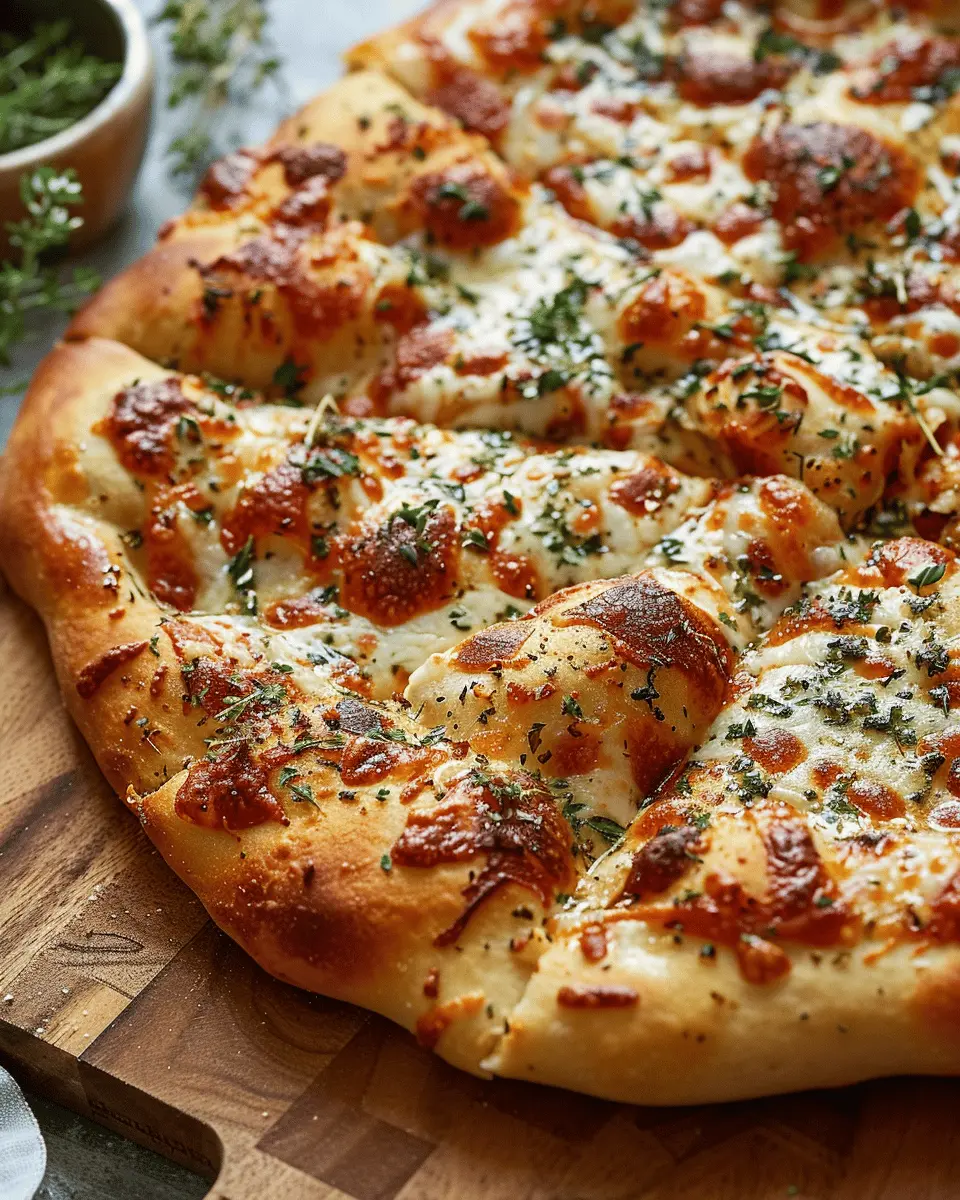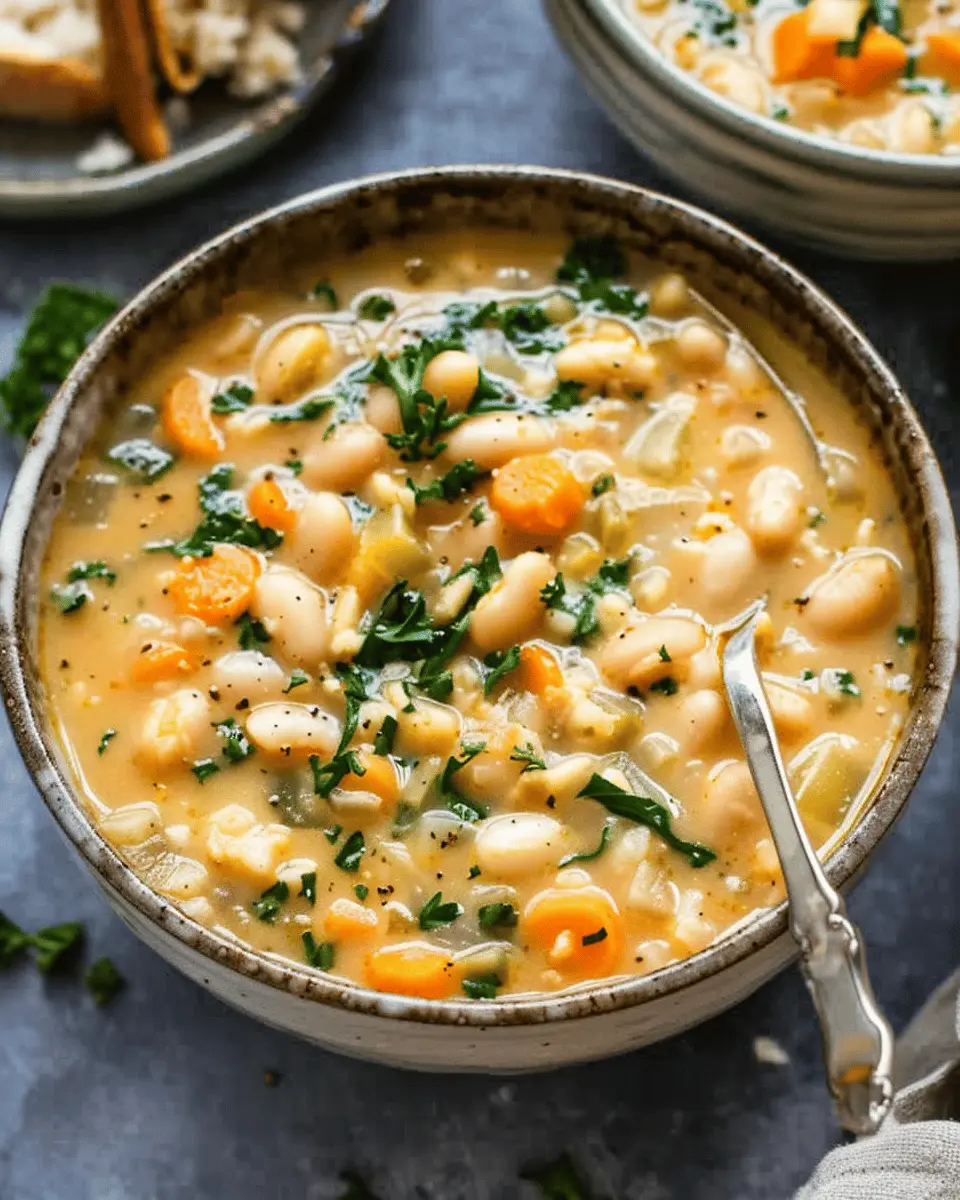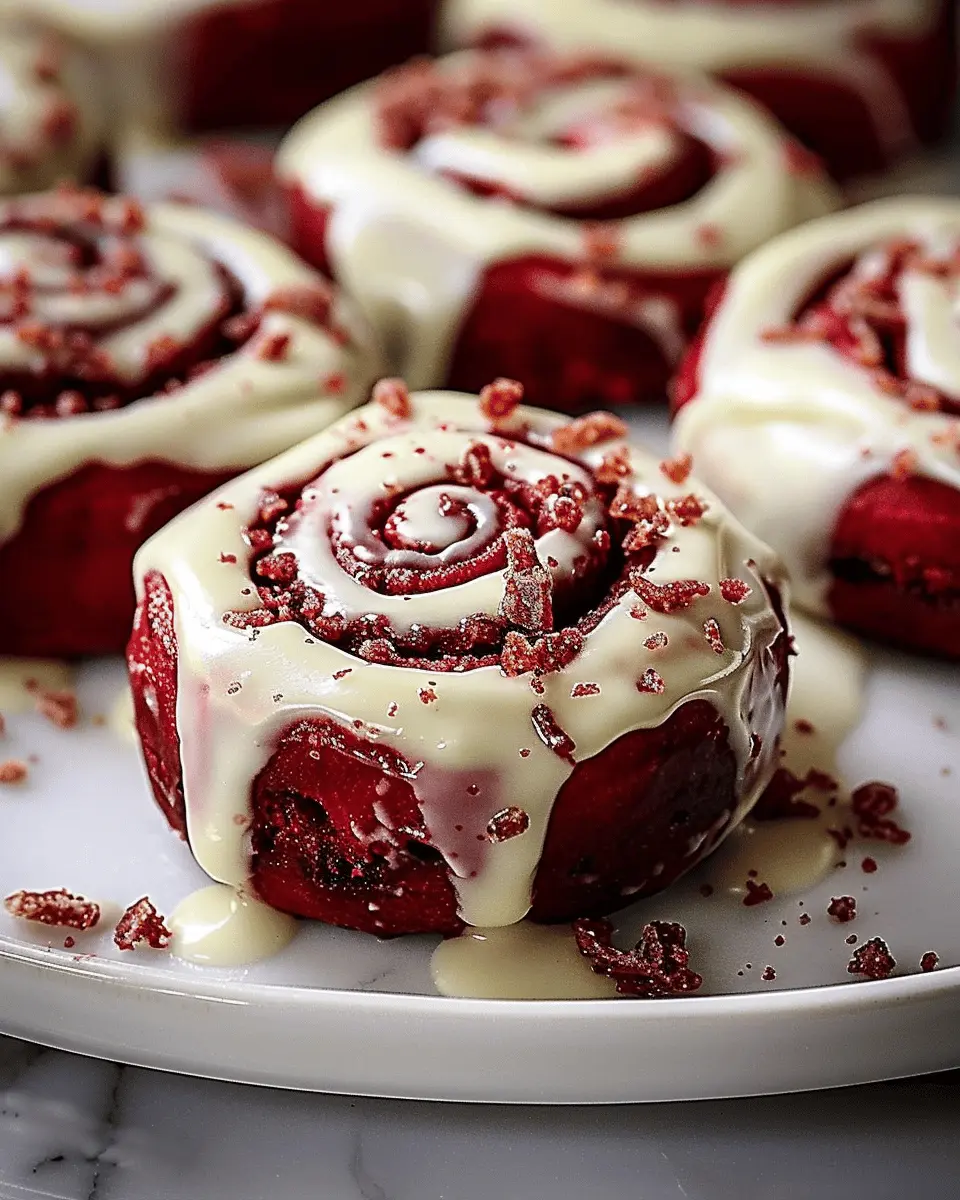Introduction to Homemade Pizza Dough
Making your own homemade pizza dough might seem like a daunting task, but trust me, it’s not just easy—it’s incredibly rewarding. Why settle for store-bought when you can create something truly delicious from scratch? A few simple ingredients—flour, water, yeast, salt, and a touch of oil—can be transformed into a golden crust that is the foundation of your pizza dreams. The texture is just right, the flavor is unmatched, and most importantly, you’ll be able to customize it to your liking!
Why Make Your Own Pizza Dough?
Let’s be real: have you ever bitten into a slice of pizza and thought, “I wish the crust was crunchier, or a bit saltier”? When you opt for homemade pizza dough, you’re in complete control. Plus, there’s something gratifying about kneading the dough and watching it rise in your kitchen; it’s practically a culinary workout! According to a study by the Food Industry Association, 83% of consumers enjoy homemade meals for the personal touch they add to their dining experience.
Beyond creativity, health considerations play a significant role. Store-bought dough can contain preservatives you might want to avoid. Making your homemade pizza dough allows you to use fresh, wholesome ingredients. You can also tailor it to dietary needs—gluten-free, whole grain, or even a herb-infused twist are all on the table!
Have you ever felt the price tag of takeout? Investing some time in creating your own dough can save you money in the long run. Making multiple batches of dough and freezing them can also save you time on future pizza nights.
Tips for the Best Homemade Dough
- Quality Ingredients: Use high-quality flour. Bread flour gives you a nice chew, while all-purpose flour yields a softer crust.
- Kneading Technique: Don’t rush this step! Knead until smooth for a robust dough that rises beautifully.
- Proper Rising: Allow your dough to rest in a warm place. This is where the magic happens, and it needs that time to develop flavor.
So, how about gathering your ingredients, rolling up your sleeves, and diving into your pizza adventure? You might just find that crafting your own homemade pizza dough is not only a fun kitchen endeavor but also a delicious way to create lasting memories with family and friends. Ready to get started? Let’s roll!

Ingredients for Homemade Pizza Dough
Creating your own homemade pizza dough can be incredibly rewarding, not to mention delicious! Here’s a simple list of ingredients you’ll need to get started on your pizza-making adventure:
- All-Purpose Flour: About 4 cups is ideal for a great texture.
- Yeast: Instant yeast works best—around 2 ¼ teaspoons will do the trick.
- Warm Water: Approximately 1 ½ cups; it should feel warm to the touch (like a comforting hug!).
- Olive Oil: 2 tablespoons add richness; don’t skimp on quality here.
- Sugar: Just a teaspoon helps feed the yeast for beautiful rising.
- Salt: A teaspoon enhances all the flavors; it’s crucial!
These ingredients come together to create a light, chewy crust, perfect for decking out with your favorite toppings. For even more tips, check out The Kitchn’s guide to pizza for ideas on how to customize your dough!
So, are you excited to get your hands a little floury? Remember, the key to great pizza starts with the dough!
Preparing Homemade Pizza Dough
Making your own homemade pizza dough can be a game-changer for pizza nights. Forget about those store-bought versions that don’t quite capture that authentic touch. With a little time and effort, you’ll create a base that makes your pizzas shine. Here’s how to do it step-by-step!
Activating the yeast
To start, you’ll need to activate your yeast. This step is critical, as it ensures your dough rises properly.
- Ingredients: Combine 1 packet (or about 2 ¼ teaspoons) of active dry yeast, 1 tablespoon of sugar, and ¾ cup of warm water (around 110°F is ideal).
- Process: Stir gently and let it sit for about 5-10 minutes. If the mixture becomes frothy, congratulations! Your yeast is alive and ready to go. If it doesn’t, it might be time to buy a new packet, as dead yeast will result in flat dough.
Mixing the dough
Next, it’s time to bring everything together.
- Dry Ingredients: In a large mixing bowl, combine 3 cups of all-purpose flour and 1 teaspoon of salt.
- Combine: Once the yeast is activated, add it to your flour mixture along with 2 tablespoons of olive oil.
- Mixing it Up: Use a wooden spoon or your hands to combine these ingredients until a shaggy dough begins to form. It’s okay if it looks a little messy at first; that’s just part of the fun!
Kneading the dough
Now comes the workout: kneading.
- Flour Your Surface: Lightly dust a clean countertop with flour and turn your dough out onto it.
- Knead: Press the dough down with your palms, fold it over, and turn it a quarter turn. Repeat this process for about 8-10 minutes. The goal is to achieve a smooth, elastic texture. If the dough is sticking to your hands, sprinkle a bit more flour as needed.
Kneading is crucial for developing gluten, which gives your homemade pizza dough that delightful chewiness.
Allowing the dough to rise
Once your dough is kneaded, it’s time for a well-deserved rest.
- First Rise: Place your dough in a greased bowl, cover it with a clean kitchen towel, and let it rise in a warm area for about 1 to 1.5 hours, or until it has doubled in size.
- Tip: An oven turned off but with the light on creates a perfect warm spot for your dough to thrive.
Shaping the dough
After the first rise, it’s time to shape your dough.
- Punch It Down: Gently press down on the risen dough to remove any excess air.
- Divide: Depending on how large you want your pizzas, divide the dough into 2-3 equal portions.
- Shape: Roll each piece into a ball and let them rest for another 10-15 minutes. This makes the dough easier to stretch. After resting, use your hands or a rolling pin to shape each portion into your desired pizza size.
Baking the pizza
Finally, the moment we’ve all been waiting for—baking!
- Preheat the Oven: Preheat your oven to its highest setting (usually around 475°F to 500°F). If you have a pizza stone, place it in the oven to heat.
- Add Toppings: Spread some tomato sauce on the dough, layer with your favorite toppings (how about some turkey bacon or chicken ham?), and sprinkle with cheese.
- Bake: Slide your pizza onto the preheated stone or a baking sheet. Bake for around 10-15 minutes or until the crust is golden and the cheese is bubbly.
There you have it! A round-up of essential steps to create the perfect homemade pizza dough. Enjoy customizing it with your favorite toppings, and don’t forget to share your creations! For more tips on perfecting your pizza experience, consider checking out Serious Eats or Bon Appétit for inspiration. Happy pizza-making!

Variations on Homemade Pizza Dough
When it comes to homemade pizza dough, the classic recipe is just the beginning. You can easily adapt it to suit your preferences or dietary needs. Let’s explore some delicious variations that will elevate your pizza-making game.
Thin Crust Pizza Dough
If you’re a fan of that crispy, crackly crust, a thin crust pizza dough is your best bet. To achieve this, simply roll the dough out into a thinner layer before baking, typically about 1/8 inch thick. You may also want to reduce the yeast slightly and increase the olive oil for a richer flavor. A great tip is to pre-bake the crust for about 5-7 minutes to ensure it stays crispy under your favorite toppings. Enjoy a margherita or a spicy veggie delight atop this base, and you’ll have a perfect thin crust pizza that rivals your favorite pizzeria.
Whole Wheat Pizza Dough
For a healthier alternative that doesn’t skimp on flavor, consider using whole wheat flour in your homemade pizza dough. Whole wheat flour not only adds a nutty taste but also increases fiber content. A great ratio is to use half whole wheat and half all-purpose flour. Just keep in mind that you may need to add a bit more water or olive oil for moisture. You’ll not only feel good about your choice but also love the heartier texture.
Gluten-Free Pizza Dough Options
If you’re avoiding gluten, you can still indulge in delicious homemade pizza! There are several gluten-free flour blends available, and using a mix of almond flour and tapioca flour can yield a lovely dough. For a quick option, check out store-bought gluten-free mixes that come with easy-to-follow instructions. You might even consider using cauliflower to create a gluten-free crust; just blend cooked cauliflower, cheese, and eggs for a tasty base that’s both satisfying and healthy.
No matter which version you choose, your homemade pizza experience is sure to impress. Want more tips on perfecting your dough or ideas for toppings? Dive into our other resources and elevate that next pizza night!
Cooking Tips for Homemade Pizza Dough
Common Pitfalls and How to Avoid Them
Making homemade pizza dough can be rewarding, but there are a few common pitfalls. One of the biggest issues is not measuring your ingredients accurately. Use a kitchen scale for precision—500 grams of flour can have different volumes depending on how it’s packed. Another mistake is not kneading the dough enough; it should be smooth and elastic. Remember, practice makes perfect!
The Importance of Letting Your Dough Rest
Don’t rush the process! Allowing your dough to rest for at least an hour (or longer, if you can) is crucial. This step helps develop flavor and texture. During rest, gluten relaxes, making it easier to stretch your dough without tearing. A little patience goes a long way toward achieving that pizzeria-quality crust.
For more expert tips on dough handling, head over to Serious Eats or King Arthur Baking for additional insights. Happy cooking!

Serving Suggestions for Pizza
Creating the perfect pizza with your homemade pizza dough is just the beginning! Here are some tasty ways to elevate your pizza experience.
Topping Ideas for Delicious Homemade Pizza
When it comes to toppings, the sky’s the limit. Here are some crowd-pleasers:
- Classic Margherita: Fresh mozzarella, basil, and a drizzle of olive oil.
- Mediterranean Delight: Feta cheese, spinach, olives, and artichokes.
- Meat Lovers: Turkey bacon, chicken ham, and pepperoni for a hearty bite.
- Veggie Supreme: Bell peppers, red onions, mushrooms, and zucchini.
Feel free to mix and match! You can find more topping inspiration on sites like Serious Eats.
Pairing with Refreshing Beverages
What’s more enjoyable than pizza? Pairing it with a refreshing drink! Here are some beverages to consider:
- Sparkling Water: Keeps things light and refreshing.
- Iced Tea: A fruity flavor can really complement your toppings!
- Craft Sodas: Unique flavors add a fun twist.
Choosing the right beverage can elevate your homemade pizza experience, making it not just a meal but an occasion. What are your favorite drink pairings?
Time Breakdown for Homemade Pizza Dough
Preparation Time
Making homemade pizza dough is easier than you think! You’ll need about 15 minutes to gather your ingredients and mix them together. It’s a breeze—just flour, yeast, salt, water, and a splash of olive oil!
Rising Time
The real magic happens during the rising time, which typically takes about 1 to 2 hours. This allows your dough to rise and develop those delightful flavors. Pro tip: for an even tastier crust, consider letting it rise in the fridge overnight!
Baking Time
Once your dough has risen, the baking process takes about 15 minutes. Preheat your oven and get ready to enjoy the aroma of fresh pizza filling your kitchen.
Total Time
In total, you’re looking at around 1.5 to 3 hours for the entire process, depending on your rising method. The wait is worth it for that perfect, crispy crust!
For more tips on pizza toppings, check out this comprehensive guide on pizza making for inspiration!
Nutritional Information for Homemade Pizza Dough
When diving into the world of homemade pizza, understanding the nutritional profile of your homemade pizza dough is essential. Here’s a closer look at what you’re feeding yourself and your friends.
Calories
A serving of homemade pizza dough typically contains around 200 calories. This makes it a base ingredient that’s relatively low in calories, especially compared to some store-bought options.
Carbohydrates
In each serving, expect about 40–45 grams of carbohydrates. These provide the energy needed for your busy days, but be mindful if you’re tracking your carb intake or following specific dietary guidelines.
Protein
You’ll find around 6 grams of protein per serving, thanks to the flour. While it’s not a protein powerhouse, it contributes to satiety, making your pizza more satisfying.
By opting for homemade pizza dough, you have control over the ingredients, allowing for healthier modifications and the potential for better nutrition overall. Check out resources like the USDA FoodData Central for deeper insights into specific nutrients.
FAQs about Homemade Pizza Dough
How long can I store pizza dough in the refrigerator?
You can store your homemade pizza dough in the refrigerator for up to 3 days. After mixing, let it rise for about an hour, then flatten it and wrap it tightly in plastic wrap or place it in an airtight container. The cold slows down fermentation but doesn’t stop it. Just be sure to give it some time to come back to room temperature before using, which helps restore its elasticity.
Can I freeze homemade pizza dough?
Absolutely! Freezing is a fantastic way to preserve your homemade pizza dough for later use. After the first rise, divide the dough into portions and wrap each one tightly in plastic wrap, then place them in a freezer bag. This can keep for up to 3 months. When you’re ready to use it, thaw it in the fridge overnight or allow it to sit at room temperature for a few hours.
What types of flour can I use for pizza dough?
The type of flour you choose can significantly affect your homemade pizza dough. Here are a few options:
- All-Purpose Flour: Great for a versatile dough, yielding decent elasticity and flavor.
- Bread Flour: Higher in protein, it results in a chewier crust—ideal for classic pizza lovers.
- 00 Flour: This Italian flour offers a fine texture and is perfect for Neapolitan-style pizza.
Consider experimenting with different blends for unique textures.
How can I rescue overproofed dough?
If your homemade pizza dough has overproofed and looks puffy and airy, it’s not a total loss! Simply knead it gently to degas and reshape it. Let it sit for another 15 to 30 minutes before you roll it out. The key here is patience—don’t give up on your dough just yet!
For more tips on pizza-making techniques, check out resources like Serious Eats. Enjoy your pizza-making journey!
Conclusion on Homemade Pizza Dough
Creating your own homemade pizza dough is an enjoyable culinary adventure that can elevate your pizza nights significantly. With just a few simple ingredients—flour, yeast, water, salt, and time—you can achieve a crust that rivals your favorite pizzeria. Plus, there’s something rewarding about crafting it from scratch, letting you control flavors and textures to suit your taste.
As you experiment, consider trying different toppings or sauces. Don’t hesitate to play around with whole wheat flour for a health boost or incorporate herbs for extra flavor. For more tips and insights on pizza making, check out resources like Serious Eats or Food Network. Enjoy the journey and the delicious homemade pizza that awaits!
PrintHomemade Pizza Dough: The Best Easy Recipe for Pizza Lovers
Discover how to make the perfect homemade pizza dough that is both easy to prepare and deliciously flavorful.
- Prep Time: 10 minutes
- Cook Time: 15 minutes
- Total Time: 1 hour 25 minutes
- Yield: 1 pizza 1x
- Category: Pizza
- Method: Baking
- Cuisine: Italian
- Diet: Vegetarian
Ingredients
- 2 cups all-purpose flour
- 1 teaspoon salt
- 1 tablespoon sugar
- 1 teaspoon instant yeast
- 3/4 cup warm water
- 1 tablespoon olive oil
Instructions
- In a large bowl, combine flour, salt, sugar, and yeast.
- Add warm water and olive oil, then stir until a dough forms.
- Knead the dough on a floured surface for about 5-7 minutes until smooth.
- Place the dough in a greased bowl, cover, and let rise for 1 hour.
- Preheat the oven to 475°F (245°C).
- Punch down the risen dough, then roll it out to your desired thickness.
- Add your favorite toppings and bake for 12-15 minutes.
Notes
- Make sure the water is warm but not hot to activate the yeast properly.
- For a crispier crust, pre-bake the dough for 5 minutes before adding toppings.
Nutrition
- Serving Size: 1 slice
- Calories: 150
- Sugar: 1g
- Sodium: 200mg
- Fat: 3g
- Saturated Fat: 0.5g
- Unsaturated Fat: 2g
- Trans Fat: 0g
- Carbohydrates: 28g
- Fiber: 1g
- Protein: 4g
- Cholesterol: 0mg
Keywords: homemade pizza dough, pizza recipe, easy pizza dough












